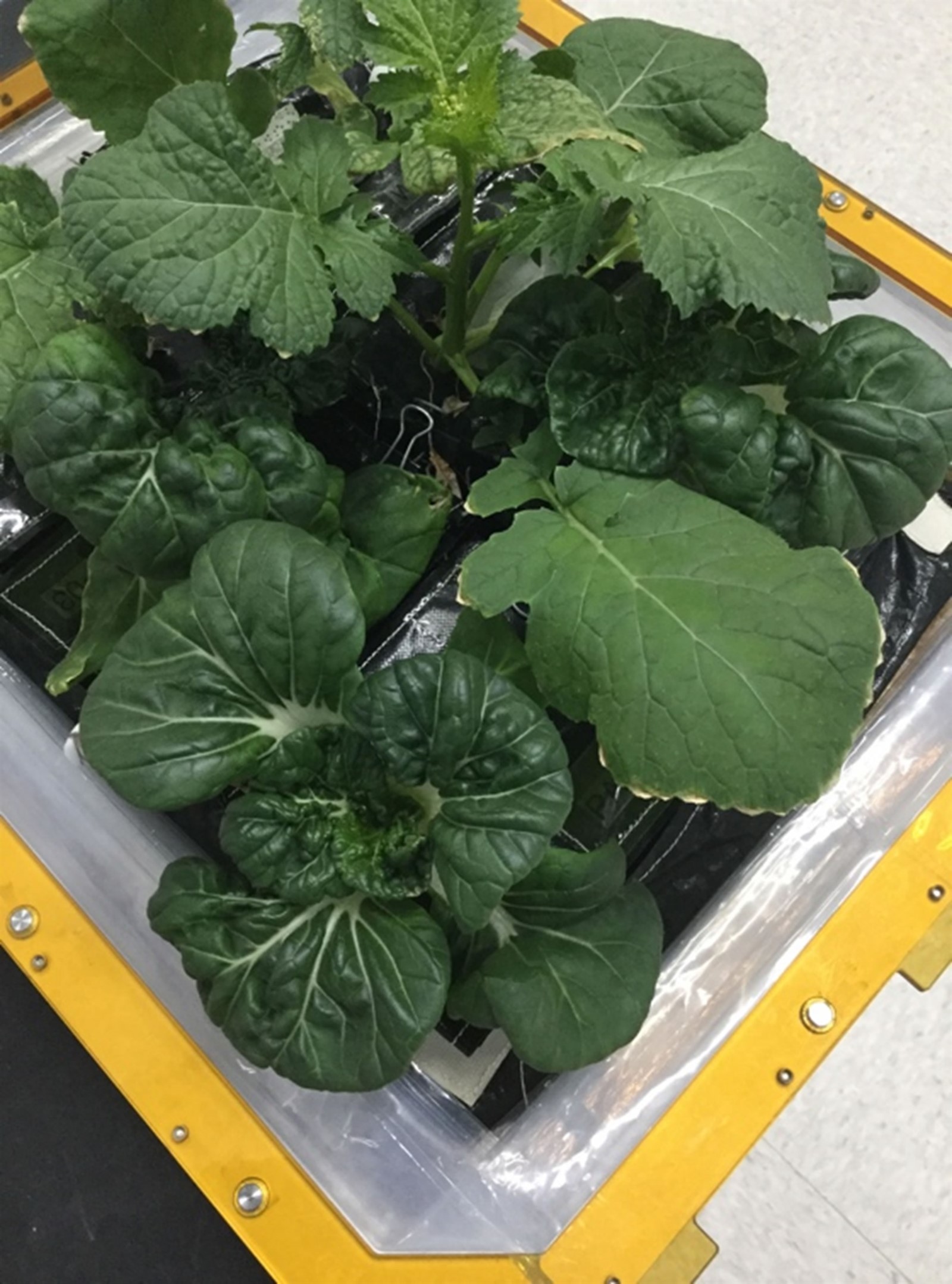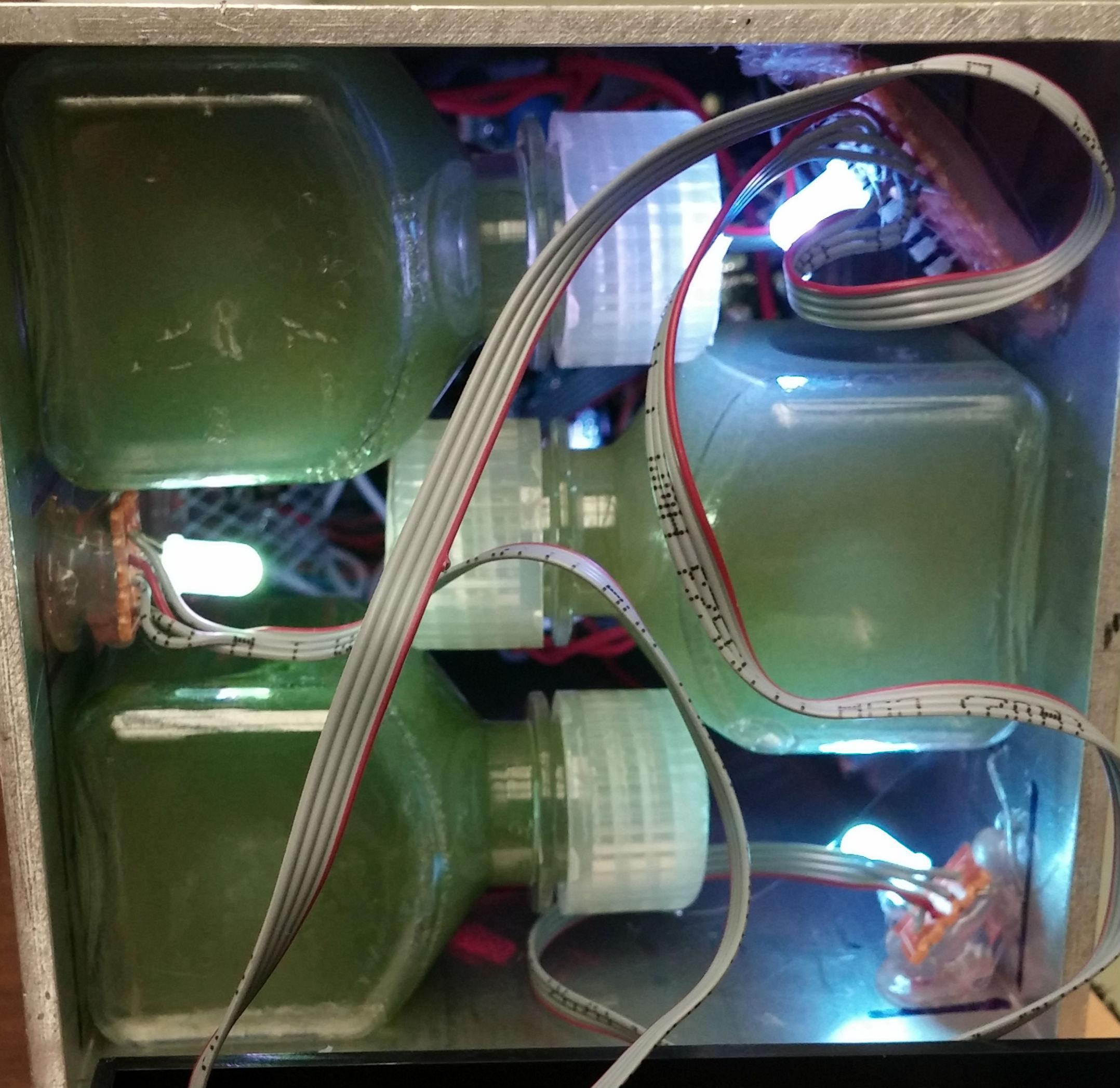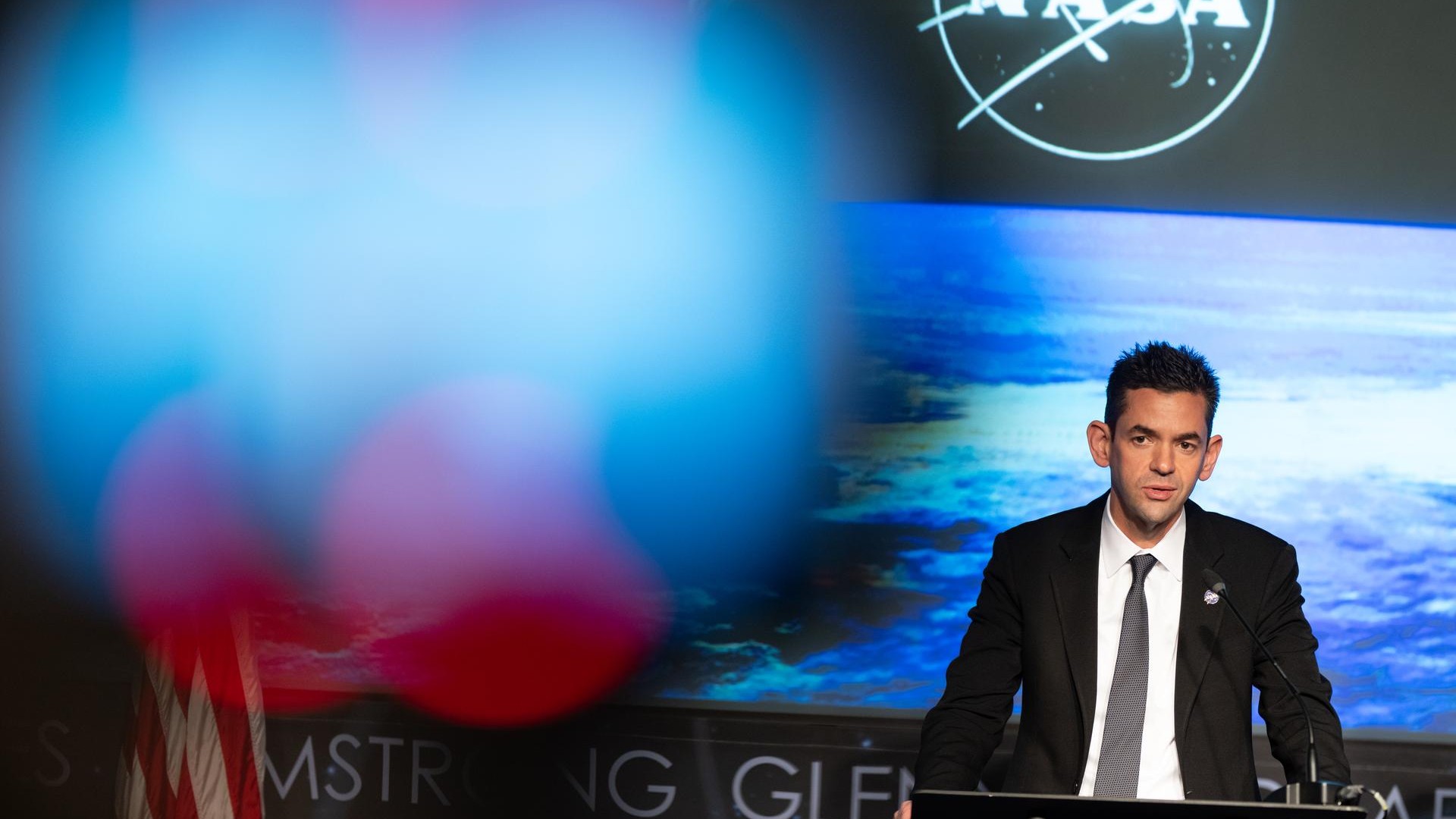Plants, Algae and Other Weird Green Stuff Just Arrived at the Space Station
CAPE CANAVERAL, Fla. — Smoke billowed and flames lit up the predawn sky here as SpaceX successfully launched its 15th cargo-resupply mission on Friday (June 29).
A Dragon spacecraft sat perched atop the company's final Block 4 Falcon 9, hitching a ride to orbit. Tucked inside was 5,900 lbs. (2,700 kilograms) of cargo, including some unique space food and special treats for the awaiting astronauts.
Historically, astronauts have consumed a specialized, planned diet of mostly packaged foods. But just like the rest of us, they like to change it up now and then. During a postlaunch briefing, space station program manager Kirk Shireman explained that frozen treats (including ice cream) as well as some blueberries — direct from Texas — were en route. [In Photos: SpaceX's Dazzling Dragon Launch to Space Station]
Fresh cargo
Just like in the beloved sci-fi series "Firefly," fresh foods in space are a rare treat, because fruits and veggies need to be shipped from the planet's surface. Once in orbit, perishables have a shelf life (just like on Earth) and need to be eaten pretty quickly. But that is starting to change with the addition of NASA's plant-growth chamber, dubbed Veggie.
As missions become longer, NASA wants to ensure that crews have access to fresh foods and that astronauts can grow their own. The reason behind this is twofold, NASA's Veggie researchers said: It provides nutritional and psychological benefits to the crew and helps researchers understand what types of plants grow best in microgravity.
"We're using Veggie to answer questions of science about the types of plants we can grow in space for astronauts to eat," Trent Smith, Veggie project manager at NASA's Kennedy Space Center in Florida, said in a news release. "We want astronauts to be able to grow fresh food to supplement their diets."
To date, most of the crops cultivated in the specialized growth chamber have been a variety of lettuce dubbed "Outredgeous" red romaine. But that's about to change. Tucked inside the arriving Dragon are four new types of plants: "Dragoon" lettuce, "Extra Dwarf" pak choy, "Red Russian" kale and "Wasabi" mustard will join a new crop of the tried-and-true red romaine. In total, there will be 18 plant pillows added to the veggie chamber from this arrival.
Breaking space news, the latest updates on rocket launches, skywatching events and more!
This mission — dubbed VEG-03G, H, I — is a partnership between NASA and Fairchild Tropical Botanic Garden. Students helped choose the plants bound for Veggie, as this payload is designed to engage youngsters in STEM (science, technology, engineering and math) disciplines. These plant varieties were chosen because, unlike the previous romaine crops, they are rich in vitamins B1, C and K, as well as potassium.
The Human Research Program identified these nutrients as important, because they decline over time in the prepackaged foods that astronauts typically eat. Astronaut food is usually stored on the space station for months before it is consumed, so it's advantageous to supplement diets with fresh foods. This ensures that the astronauts get all the key nutrients they need, the researchers said.
"The nutritional boost of fresh, nutritious food and the psychological benefits of growing plants become paramount as the agency plans for future missions to deep-space destinations," Smith explained in the same news release. "And having the Fairchild students participate is so exciting. These students stick with these long experiments throughout the semester, showing they have the tenacity it takes to be scientists.” [Plants in Space: Photos by Gardening Astronauts]
A batch of space algae also arrived at the orbiting lab. Mark Settles, a researcher at the University of Florida, and his colleagues are hoping this investigation will help them understand how the algae responds to microgravity.
Why algae?
Algae are incredibly efficient at using low-intensity light conditions to make energy via photosynthesis, which makes the plant perfect for on-orbit growing, researchers said.
Algae are also useful as a bio-based feedstock (meaning the plant can be used in the manufacture of materials such as plastic and paper). And the researchers explained that environmental stresses (like microgravity) have been known to spur epigenetic changes in the algae. These can sometimes produce extremely useful compounds, such as antioxidants, and even substances that can be used to help mitigate radiation.
There's one major concern, however: the algae's growth. Settles said the biggest issue with growing algae in space is that most algae species grow fastest in liquid, but liquids don't behave the same way in space as they do on the ground.
"We're trying to domesticate algae for growth systems that would be practical in space," Settles explained to the media.
As part of the investigation, which is the first non-NASA payload to make use of a Veggie chamber, the crew will attempt to grow several strains of algae within the chamber. Settles said the team hopes to see algae grow inside porous plastic bags that will be placed in the chambers already on board the space station. Live algae samples will eventually return on the same Dragon. The team will study and analyze the strains to see which types of algae respond best to microgravity.
"We will basically be testing breathable plastic bags that are used to grow animal cells in culture on Earth and will grow the algae in those bags," Settles said. "Laboratory algae have grown in glass flasks, [placed] on shakers for more than 50 years. In plastic bags, they grow a lot slower than they do in a flask."
In this experiment, scientists will identify the genes associated with more-rapid growth; the researchers hope this will help them engineer the algae for mass production in space. On Earth, corn is one of the most productive crops grown today, but it wouldn't grow well in space, due to lighting and space constraints, the researchers said. Algae, on the other hand, can grow in smaller containers while helping to consume more waste carbon dioxide.
There haven't been many studies into how algae responds to microgravity, so Settles and his team hope to learn a lot from this research, he said.
Microgreens
The Dragon also carried another student investigation, this one exploring how microgreens, such as rhubarb and basil, grow in space. Instead of the special plant-growth chamber the romaine lettuce relies on, this batch of mini greens will grow in test tubes inside a Space Tango CubeLab, which is like a miniature laboratory in a box. Each CubeLab contains everything needed to run the experiment and are designed to work autonomously, without astronaut supervision.
Each of these CubeLabs is outfitted with a fish-eye camera that takes a photo every 30 minutes, according to Space Tango CEO Twyman Clements. These cameras will allow researchers to gather photos and share them with the students, who will be running a ground version of this investigation in their classroom. At the end of the 21-day mission, Clements said, the plants will be returned to the students, who will compare the results of their earthbound experiment with those from the station.
In this setup, the plants are in a phytogel, which Clements said resembles Jell-O. This substance contains all the nutrients the plants need to grow. The seeds are sterilized before being planted. The plants are stored in special cold boxes that keep the temperature at 4 degrees Celsius (39 degrees Fahrenheit) until they reach orbit. Once installed on station, the plants will be warmed up and hopefully will grow.
Could we see these greens in future iterations of Veggie? First, they must prove they can germinate and grow in the absence of gravity.
Follow us @Spacedotcom, Facebook and Google+. Original article on Space.com.

Amy Thompson is a Florida-based space and science journalist, who joined Space.com as a contributing writer in 2015. She's passionate about all things space and is a huge science and science-fiction geek. Star Wars is her favorite fandom, with that sassy little droid, R2D2 being her favorite. She studied science at the University of Florida, earning a degree in microbiology. Her work has also been published in Newsweek, VICE, Smithsonian, and many more. Now she chases rockets, writing about launches, commercial space, space station science, and everything in between.


